Depending on how far into your pregnancy you are, you may have seen ads or brochures from cord blood banks suggesting you should save your baby’s umbilical cord blood in case they should one day need a stem cell transplant.
Storing your baby’s cord blood is a personal decision that only you can make.
Just like all your pregnancy and birth choices, understanding the “who, what, when, where and why” is the first step to making an informed decision.
What is cord blood?
Cord blood is the blood that remains in the placenta and the attached umbilical cord after a baby is born.
It is rich in haematopoietic (blood-forming) stem cells, which are the building blocks of all blood cells in our body. These stem cells are also similar to those found in bone marrow.
Banking your baby’s umbilical cord blood means having it saved and stored for (potential) future use.
What is cord blood used for?
Cord blood is commonly used to treat blood diseases such as leukemia, lymphoma and anaemia.
These diseases are sometimes treated with high doses of chemotherapy, which destroy the immune system.
Cord blood transplantation or bone marrow transplantation is then used to rebuild the immune system. Cord blood is increasingly being used as an alternative to bone marrow transplantation.
What are the options for storing cord blood?
In Australia there are two options for storing cord blood. You may donate to the public cord blood bank (AusCord) or pay for the services of a private cord blood bank. There are currently three private blood cord banks in Australia.
The cost is a little over $3,000 to collect and store your baby’s cord blood for a period of 18 years. AusCord cord blood banks are government-funded. They will collect and store blood for the use of anyone in the world in need of a stem cell transplant.
There is no charge to either donor or recipient. There is also no guarantee the donor family will have access to the cord blood donated, in the event they may need a cord blood transplant.
Many experts insist that it is very unlikely that anyone in your family will ever need your baby’s cord blood. Dr Sarah Buckey, Australian GP estimates the likelihood of low-risk children needing their own stored stem cells is 1 in 20,000.
The exception is those families who already have a child with an illness that could be treated with cord blood from a newborn sibling.
On rare occasions, a hospital will collect and store a baby’s cord blood for a family member who has a medical condition that can be treated with cord blood transplantation. This is a free service, which requires a treating doctor’s approval.
How is cord blood collected?
Collecting a baby’s cord blood is quick and painless. Immediately after the birth of the baby, the umbilical cord is cut and the baby separated from the placenta and mother. The placenta is delivered a few minutes later.
The portion of the umbilical cord still attached to the placenta is clamped and cleaned. A sterile needle is inserted into the umbilical vein and the placental blood is drawn into a sterile blood collection bag containing anticoagulant, which prevents the blood from clotting.
What are the risks of collecting cord blood?
Although the procedure is painless, in order to collect adequate volumes of blood for banking, the umbilical cord must be clamped and cut immediately.
In most Australian maternity hospitals traditional practice has been to clamp and cut the umbilical cord immediately after birth however more and more research, including the recently released Cochrane systematic review suggests premature cord clamping is not only unnecessary but also potentially harmful.
Cutting the cord too early results in 80-100mls less blood being passed to baby. According to an opinion paper released by the Royal College of Obstetricians and Gynaecologists (RCOG), immediate cord clamping can result in lower iron stores in the baby for up to six months after birth.
Iron deficiency in the first few months of life is associated with cognitive and behavioural delays, which may be irreversible.
Although maternity hospitals are increasingly open to delaying cord clamping, if it poses no threat to mother or baby, it is still not “standard” practice. If you would like delay the clamping of your baby’s umbilical cord be sure to clearly state your wish to your doctor and the hospital staff well ahead of time.
With all that said, while there are “no risks” involved in the actual drawing of blood from the umbilical cord, you should consider the risk of immediate cord clamping in order to be able to collect your baby’s cord blood.
Have you banked or would you consider banking your baby’s cord blood?




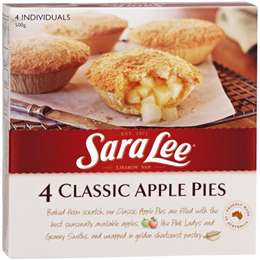
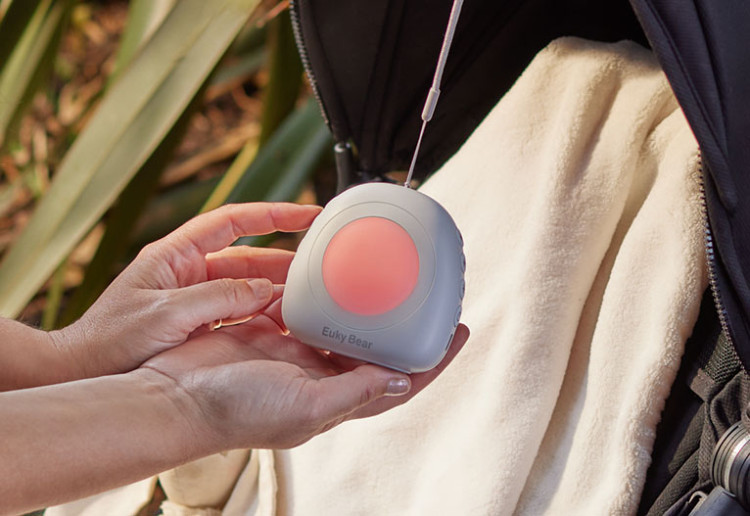



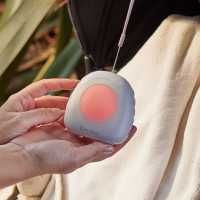
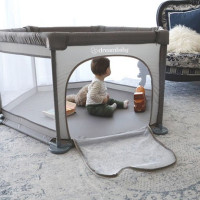

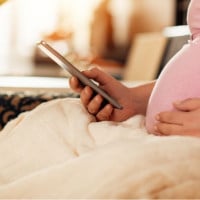








1:04 pm
11:21 pm
1:27 pm
8:20 pm
2:25 pm
9:29 pm
2:12 pm
10:18 pm
1:57 pm
10:23 am
8:38 am
4:21 pm
11:28 am
8:51 pm
7:19 pm
- 1
- 2
- »
Post a comment